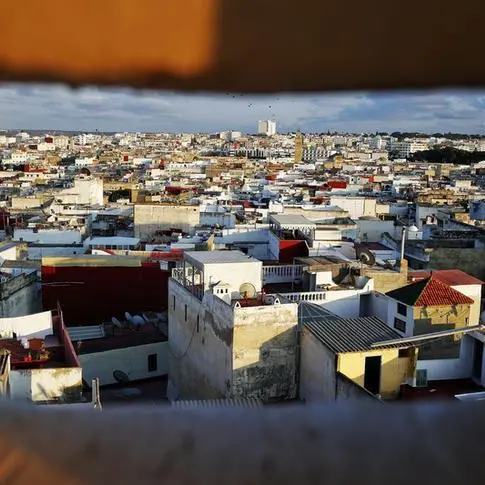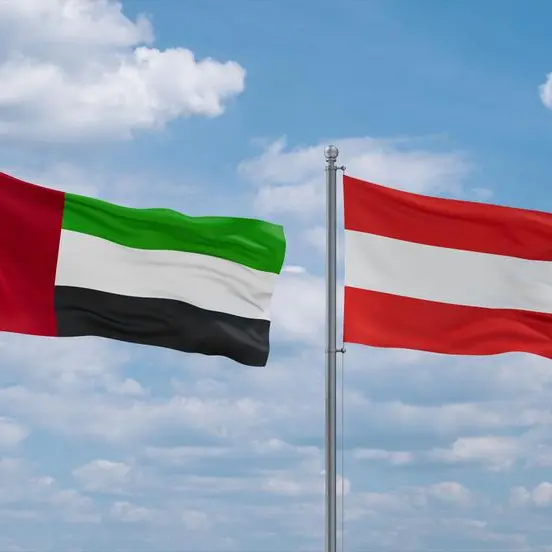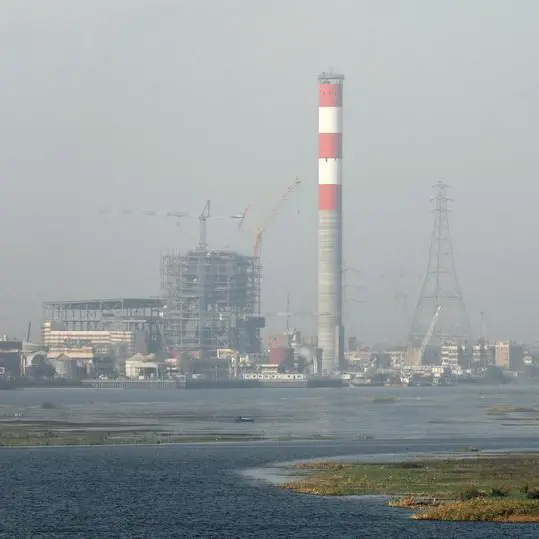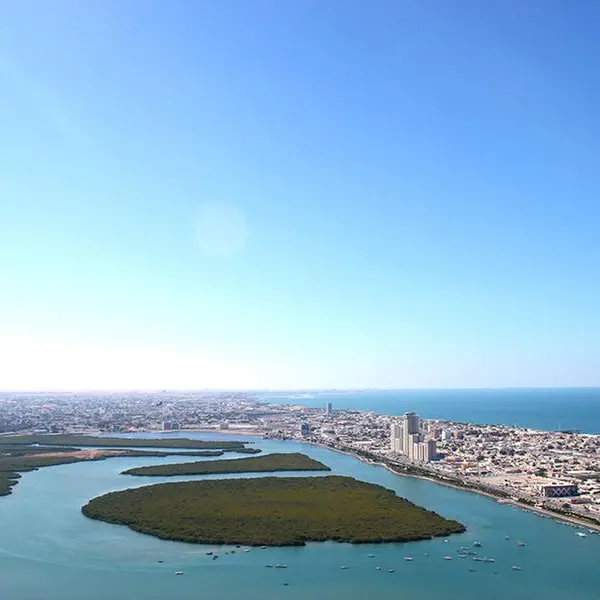PHOTO
It goes without saying that Dubai is a tourist haven. While a major chunk of the cash that goes into the emirate’s travel and tourism sector comes from international visitors, an over-dependence on tourism may not be good for the city, a new report has revealed.
Tourists from across the globe flew to Dubai and spent 102.3 billion dirhams ($27.9 billion) during their stay last year, making the Gulf emirate the third-largest city in global tourism spending, and largest in the Arab world, World Travel & Tourism Council (WTTC) said in a report.
High tourist spending can greatly shore up the economy. However, a closer look at the numbers would suggest that the city may be too reliant on outside money.
A major chunk of the cash that goes into the travel and tourism sector in Dubai comes from international visitors. The number is higher than in Mecca, where domestic tourists prop up the travel and tourism sector, representing 52 percent of the total expenditures, the report said.
Nejc Jus, economic research manager of WTTC said: “Dubai needs to do more to stimulate tourism spending among its residents because over-dependence on international tourist money comes with greater risks.”
Cities that are over-reliant on international tourists can be more exposed to global economic and geopolitical crises. When a major source country, for instance, undergoes a recession, people there would be forced to tighten their budgets and travel less.
“Cities with an over-reliance on. international demand and / or particular source markets may be vulnerable to external disruptions,” said Jus told zawya.com.
Being highly reliant on domestic demand could expose the city to changes in the local economy, so creating a balance is vital, he said.
Riyadh in Saudi is also relient on international tourism where foreign travelers account for 86 percent of the total travel and tourism spend. Additionally, international spending per visitor in Riyadh is nine times higher than domestic spend.
In contrast, the United Kingdom (UK), United States, China, Japan, Germany and Mexico enjoy significant levels of domestic spending— all at 80 percent or more of travel and tourism receipts.
With record numbers of tourists visiting Dubai every year, travel and tourism is one of the key drivers of the local economy, representing 11.5 percent of the city’s gross domestic product (GDP).
The sector is also a major source of employment opportunities, with more than 230,000 people employed in the industry, representing 8.7 percent of Dubai employment.
Most of Dubai’s international visitors come from India, accounting for 13 percent, and Saudi Arabia (10 percent) of the total number of tourists. The UK and China are also a major source of traffic, accounting for 8 percent and 5 percent, respectively, of the total number of people visiting Dubai.
(Writing by Cleofe Maceda; editing by Seban Scaria)
( cleofe.maceda@refinitiv.com )
Disclaimer: This article is provided for informational purposes only. The content does not provide tax, legal or investment advice or opinion regarding the suitability, value or profitability of any particular security, portfolio or investment strategy. Read our full disclaimer policy here.
© ZAWYA 2019












